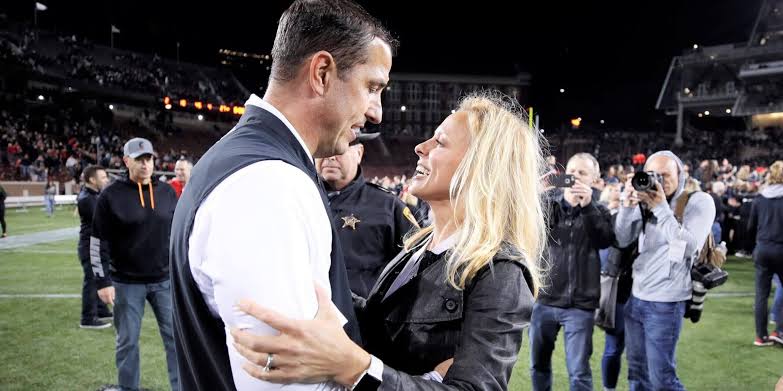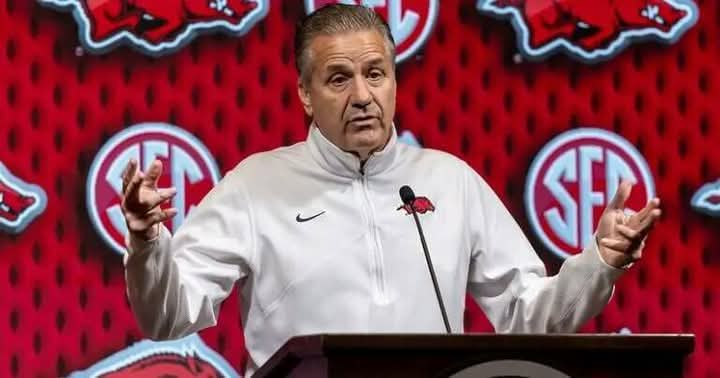The fall from grace for the Phoenix Suns has been both swift and striking. Once a feared contender in the Western Conference, the Suns now find themselves ranked 13th out of 15 teams in NBA.com’s latest offseason power rankings, ahead of only the New Orleans Pelicans (14th) and Utah Jazz (15th). This dramatic drop highlights just how turbulent the past year has been for the franchise.
Just twelve months ago, Phoenix occupied the fifth spot in the same rankings. Back then, they trailed only the Oklahoma City Thunder, Denver Nuggets, Dallas Mavericks, and Minnesota Timberwolves — all teams that were widely viewed as championship-caliber. The Suns had star power, playoff experience, and a roster built to win immediately. Expectations were sky-high.
Since then, the league’s competitive landscape has shifted dramatically. The Oklahoma City Thunder, for instance, went on to win the 2024–25 NBA Championship, toppling the Nuggets in the Western Conference semifinals before defeating the Timberwolves in the conference finals. Their rise solidified them as the new standard-bearers in the West.
The Dallas Mavericks experienced their own seismic change. In a blockbuster midseason move, they traded franchise cornerstone Luka Dončić to the Los Angeles Lakers in exchange for Anthony Davis. The swap stunned the basketball world, but even with Davis, Dallas only managed to reach the play-in tournament. Their postseason hopes ended quickly after a loss to the Memphis Grizzlies, who secured the eighth seed.
While other franchises were making moves to retool or remain competitive, Phoenix’s fortunes went in the opposite direction. The Suns ended the 2024–25 season with just 36 wins, marking their first losing record since 2019–20. That also happened to be the last time they failed to qualify for the playoffs — a bitter pill for a fanbase that had grown accustomed to competing deep into the postseason.
The disappointing season triggered sweeping changes. Head coach Mike Budenholzer was dismissed, superstar Kevin Durant was traded, and Bradley Beal — once viewed as a vital scoring option — had his contract bought out. Additionally, longtime general manager James Jones departed from the organization. These moves signaled a full-scale reset.
Now, with Jordan Ott taking over as head coach and Brian Gregory stepping in as the new general manager, the Suns are clearly entering a new era. The team’s rebuild will be centered around Devin Booker, the four-time All-Star guard who remains the franchise’s cornerstone. In a strong show of commitment, Phoenix signed Booker to a record-breaking two-year contract extension worth $145 million, ensuring he remains the face of the franchise during this transition.
The Western Conference’s upper tier still features familiar powerhouses. NBA.com’s current rankings list the Thunder at No. 1, followed by Denver, Houston, Minnesota, and the Los Angeles Clippers. Notably, the Rockets became a major beneficiary of Phoenix’s shake-up by acquiring Kevin Durant, while the Clippers signed Bradley Beal following his buyout.
A key storyline entering the Suns’ new chapter is their acquisition of Jalen Green, a high-flying scorer brought in as part of the Durant trade. With Booker and Green now the team’s two highest-paid players, NBA.com’s John Schuhmann posed an important question: Can Booker and Green play together effectively?
Schuhmann’s analysis pointed out that both Booker and Green excel at creating their own shots, but neither is a traditional point guard. This setup means Phoenix will likely be playing without a classic floor general — something Suns fans have seen before in recent years. The challenge will be finding ways to maximize both players’ offensive skills while ensuring the team’s ball movement doesn’t stagnate.
One potential advantage of pairing Booker and Green is the ability to generate fast-break opportunities. Schuhmann noted that both guards have the athleticism and scoring instincts to thrive in transition, potentially creating easier baskets without relying heavily on half-court sets. However, success will hinge on their ability to complement each other, both in terms of playmaking and defensive effort.
The chemistry between the two guards will also be measured statistically. Analysts and fans alike will be watching closely to see how often Booker and Green assist one another compared to other backcourt duos around the league. A strong assist-to-assist connection could be a sign that the partnership is working; a low rate might highlight deeper issues in offensive cohesion.
Beyond the Booker-Green pairing, Phoenix’s path back to relevance will depend on smart roster moves, player development, and the ability to adapt to a Western Conference that is as competitive as ever. The Thunder, Nuggets, and Timberwolves have young cores built for sustained success, while the Clippers and Rockets are all-in on star power. For the Suns to climb out of the bottom tier, they’ll need to not only develop internal chemistry but also outperform teams with deeper and more experienced rotations.
For the fanbase, the drop from fifth in the West to near the bottom is jarring. A year ago, the Suns were seen as a legitimate threat to dethrone the reigning champions. Now, they’re viewed more as a rebuilding project than a contender. Still, there’s optimism that with Booker locked in, a new coaching philosophy, and the athletic upside of players like Green, the franchise can begin charting a path back to playoff contention.
The question isn’t whether Phoenix can immediately return to the top — that seems unlikely in the short term — but rather how quickly they can rebuild without wasting Booker’s prime years. History has shown that NBA turnarounds can happen faster than expected if front offices make the right moves and young players develop ahead of schedule. The Suns’ leadership, however, will have little margin for error in the coming seasons.
For now, the early offseason rankings serve as both a reality check and a challenge. Being placed 13th is a sign of how far they’ve fallen, but it also presents an opportunity to surprise doubters. A strong start to the 2025–26 season could quickly change perceptions, especially if Booker and Green prove to be a dynamic, efficient backcourt.
The Suns’ fanbase has endured heartbreak before — from losing in the NBA Finals in 2021 to seeing championship windows close prematurely. But resilience has always been part of the Phoenix sports identity. Whether this new era under Ott and Gregory sparks a revival or extends the rebuild will depend on how well the team can blend patience with urgency.
In the meantime, the rest of the West won’t be waiting around. The Thunder are defending champions, Denver remains a juggernaut with Nikola Jokić in his prime, and Houston’s acquisition of Durant signals their own championship ambitions. If Phoenix wants to avoid becoming a long-term bottom-dweller, it must establish a clear identity, invest in player development, and find ways to win — even without the superstar trio that once made them feared.
As the 2025–26 season approaches, one thing is clear: the Suns are no longer measured by how close they are to a title, but by how well they can lay the foundation for one in the future. The rankings may have “buried” them for now, but in the unpredictable world of the NBA, a comeback story is always just a few smart moves away.



